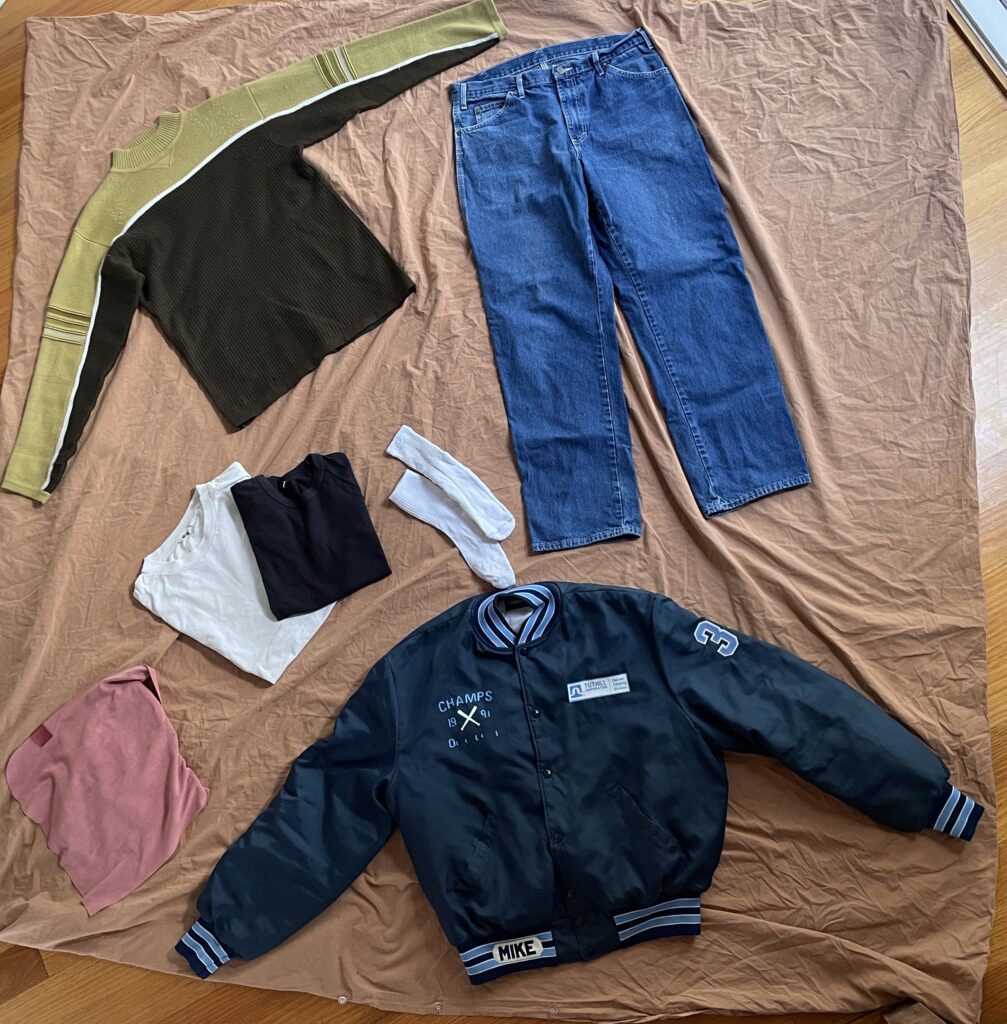By Jack O’Shea-Ayres

Photo By Jack O’Shea-Ayres
Sustainable Living Through laundry
With Australia’s climate and cost of living on the rise, sustainable living has become more and more difficult to understand and master.
Making small changes to something as simple, yet at times confusing, as washing and drying your clothes on laundry day can massively reduce your household’s carbon footprint, whilst also helping you to save money.
What changes are being made to Australia today, and how can we conquer them when the responsibility is up to us?
Want to master your next laundry day? Click Here.
New Climate Target For Australia
What it Means for Us
The Australian parliament has passed a legislation pledging to bring down carbon emissions by 43% by 2030 and to net zero by 2050.
As one of the world’s biggest emitters per capita, the target will bring Australia more in line with other countries.
Prime Minister Anthony Albanese commended the new law, the Climate Change Bill, as an end to a decade of climate inaction policy, marking the first significant action against climate change since the party took power in May.
However, some have called for a ban on the use of fossil fuel projects and a higher goal.
Some of the responsibility is expected to fall onto Australians, with sustainable living and an environmental consciousness suggested in Aussie homes.
With a rising cost of living continuing throughout 2022 with the RBA announcing a fifth cash hike at the start of September, sustainable living at a higher cost isn’t at the front of many Aussies minds.
Climate change is also making homes in parts of Australia harder to insure, due to projections of properties judged at being medium or high risk or falling under unaffordable insurance premiums by 2030.
Homes in Queensland are predicted to face the worst, homing almost 40% of the 500,000 homes projected to be effectively uninsurable.
Sustainable Living Despite It All
Although made difficult by Australia’s rising cost of living, sustainable living can be achieved by Aussies wanting to make a difference at home.
Laundry often comes with a varied environmental effects, with machines consuming massive amounts of electricity.
Considered by many as the second-most energy-consuming appliance after heating and cooling appliances, using an electric dryer at home can increase a household’s carbon footprint by up to 1,088 kilograms each year.
Air-drying your clothes after washing can have massive benefits for the environment and also allows you to save 50 cents on each load, or over $100 each year.
Air-drying is considered more environmentally friendly, saves money, reduces wrinkles and creases, and can increase the lifespan of your clothes.
Using laundromats to wash and dry your clothes can also help save on funds, energy consumption and time taken washing at home, as they offer more efficient machines, capable of taking larger loads.
Small Changes Make a Big Difference
Becoming more laundry conscious can also help to assess how long clothes should be worn for before needing a wash, making laundry day less of a common practice.
Doing more cold washes and using ecologically friendly detergents and laundry soaps can also help reduce the effect on the environment.
It’s also important to know what, when and how clothes should be washed and dried.
Front-loader washing machines are typically more environmentally friendly than top-loaders, and dryers with a heat pump use less gas than classic electrical dryers.
Wash your clothes less often, ditch detergents in plastic packaging for greener alternatives (or make your own), wash with cold water, reduce the time of your cycles, wash fuller loads and air-dry your clothes for the best chance at a greener future.
Find out more about sustainable washing and mastering your laundry days here.






